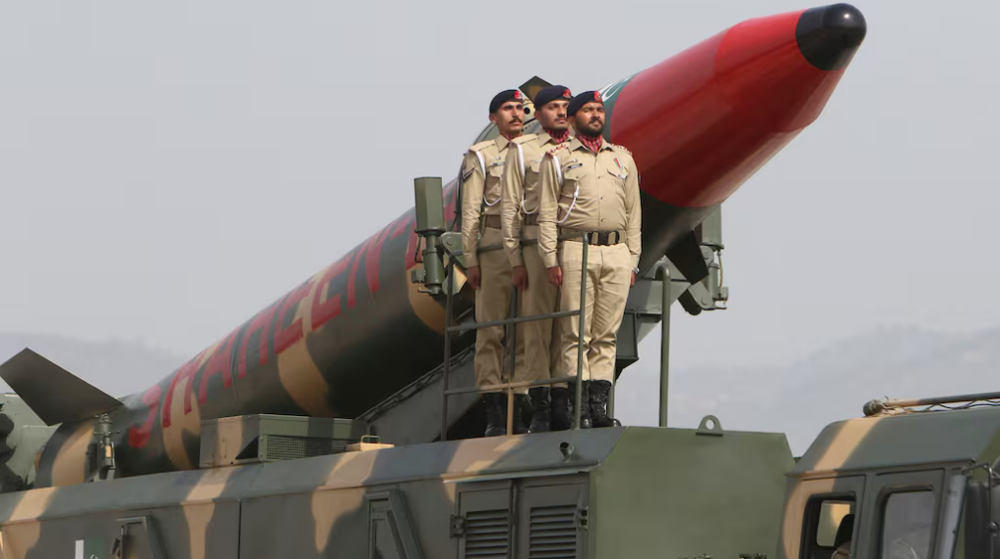Flood death toll tops 800 in Pakistan's 'catastrophe of epic scale'
A fresh spell of rain in parts of Pakistan’s southern Sindh province has added to the woes of residents of Hyderabad, the province’s second-largest city, already flooded with accumulated rainwater, especially in the low-lying areas.
The flooding has caused the suspension of business, trade, and commercial activities in major markets and bazaars in low-lying areas of Hyderabad.
Pakistan has urged the international community for assistance in the relief efforts, as it is unable to cope with the relief and rehabilitation caused by massive floods triggered by torrential rains that killed over 800 people since last month, officials said.
In rural Sindh, large agricultural canals have overflowed submerging villages and farmlands, as people complain that they have not received any assistance from the government.
July's national rainfall was almost 200% above average, Sardar Sarfaraz, a senior official at the metrological office told Reuters on Wednesday, making it the wettest July since 1961.
According to the United Nations Office for Coordination of Humanitarian Affairs (OCHA), heavy monsoon rainfall and floods have affected some 2.3 million people in Pakistan since mid-June, destroying at least 95,350 houses and damaging some 224,100 more.
Sindh and Balochistan are the two most affected provinces in terms of human and infrastructural impact. Over 504,000 livestock have been killed, nearly all of them in Balochistan Province, while damages to nearly 3,000 km of roads and 129 bridges have impeded access across flood-affected areas.
(Source: Reuters)
VIDEO | Yemenis praise the military for its successful operations against Israel
VIDEO | Israel continues to bomb Gaza homes
VIDEO | An insider's view of the country: Meybod City in Yazd
‘All wars have rules. All of those rules have been broken’ by Israel
VIDEO | Report flags India’s violation of rights of Rohingya detainees
Turkey's foreign minister meets Syria's de facto leader in Damascus
VIDEO | US Syria plots
'Next to impossible' to rescue patients from Gaza's Kamal Adwan Hospital: Director









 This makes it easy to access the Press TV website
This makes it easy to access the Press TV website